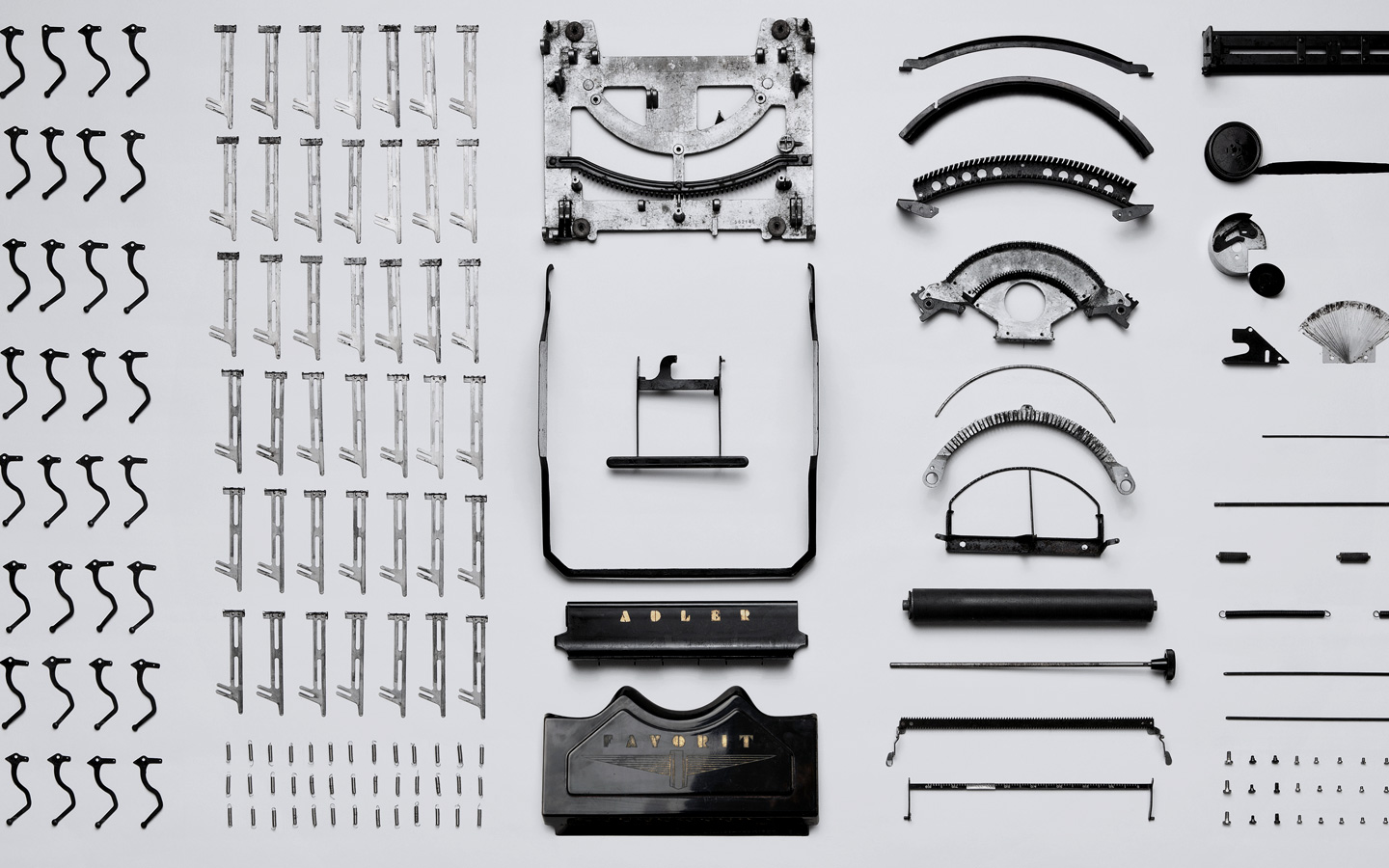Why Experience Design Rules the Internet of Things

If you are an Internet of Things startup, you may have been told that you need an “experience designer” to help really make your product sing. This is true, but experience design is a lot bigger than you think.
There’s been a lot of talk lately about putting all of your effort into the software, and that software is what creates the “experience”. Some people feel once you get your software right, you can throw some “industrial design” at the hardware to pretty it up, and the result will be revolutionary.
This approach is not only a bad idea—it will guarantee failure.
There’s no question that experience design is crucial, but in today’s market, it’s too narrowly defined and undervalued.
The HCI Shift
So, how did we get here? In the late 1970s, personal computers became more popular and professions began to emerge that focused on human-computer interaction (HCI). People already understood the importance of design thinking—it had been applied to hardware products for decades—but with the emergence of Graphical User Interfaces (GUIs), many new fragmented roles and titles began to emerge. Interaction Designer (XD). User Interface (UI) Designer. User Experience (UX) Designer. Visual Designer. Product Designer. Digital Product Designer. Every step of the application design process had a specific title assigned to it.
How Have Software and Apps Affected Industrial Design?
As new products emerged with GUIs as the main point of user interaction, industrial designers found that the process of design thinking could be applied to both hardware and software. Many industrial designers began to apply their skills to user interface and user interaction design. Simultaneously, hardware came to be viewed as secondary to these new digital interfaces and many people labeled industrial design as simply “making things look pretty.” This is not what industrial design is.
Design and Dieter Rams
Industrial design, the field I come from, began in the early 1900s, and was initially about bringing aesthetics and craft into consumer products to give companies a competitive edge. Since then, it’s evolved significantly, and is now the design process that connects products to users and their environment.
Industrial design encompasses business opportunity assessment, market research, branding, strategy, experience design, aesthetic design, and design for manufacture.It also overlaps with user interface design, user interaction design, and information design.
How do we judge the quality of industrial design? Usually, we look towards the 10 principles of good design, an idea crystallized by Dieter Rams. In it, he explains that good design needs to live up to certain ideals like being “innovative,” “honest,” and “thorough down to the last detail.” It’s amazing to think that although he established these ideals roughly three decades ago, they’re still a paradigm for excellence in industrial design projects.
Keeping Rams’ principles in mind, it’s easy to see that having “killer industrial design” means that a product solves a clear problem or unmet need AND does it in a way that creates a pleasing and unique experience. These are issues industrial designers have been tackling for decades, and in my opinion, it makes the case that industrial designers were doing experience design before the official title existed.
What is Experience Design?
Now, there is a new profession emerging called experience design. Since it’s evolving from professions focused on HCI, it’s being narrowly defined around the digital rather than the physical. I feel that’s shortsighted. We’re far past the time where we can think about a user’s “experience” as only existing in an app or on a webpage. We have enough titles to describe the various design roles that are software-focused. “Experience designer” needs to be reserved for something bigger.
True experience design evaluates and ensures that there’s a consistent and excellent user experience from the very beginning of the sales funnel through setup and actual use. An experience designer is responsible for making sure that everything is cohesive, from the images used on the webpage to the materials chosen for the hardware.
Certain companies are already doing this well. Yves Behar and his company fuseproject are already thinking about this. If you look at the work they’re doing for Jawbone, the entire experience around these products is cohesive. From the website, to the app, to the hardware itself…it all belongs together.
How We Apply Experience Design
As an industrial designer at Canary, I always tackle problems with the overall experience in mind. I try not to decide what’s going to be an app or a connected device before I’ve had a chance to dig deep into the problem. After I gain an understanding of the root causes, I move forward and explore the ideal experience a person would like, and try to reinterpret Rams’ principles through the lens of a digital society. If you take this approach, the correct solutions will always present themselves, be they hardware, software, or a combination of both.
Getting the Best Answers
A true experience designer has a rare skill set, especially because they have no bias towards hardware or software, but an understanding of both. In this way, an experience designer is like an orchestra conductor guiding all aspects of a product. A conductor isn’t a master of each instrument, but knows the precise way they should all come together. They can keep the tempo, keep any one musician from going out of step, and understand where best to emphasize one section over another. And much like having a gifted conductor at the helm, having a talented experience designer guide your project helps lead to a product experience that has the cohesiveness of a well-written symphony.

You must be logged in to post a comment.